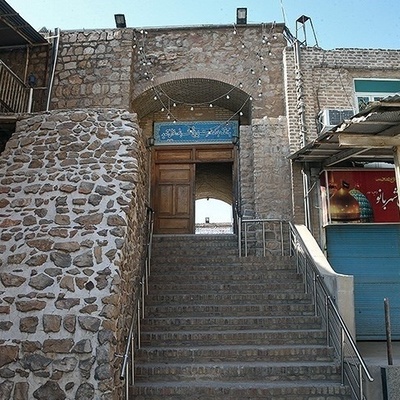When Britain entered World War I, women didn’t march to the front — they marched into factories, workshops and railway yards, and these 30 images show how they remade work and themselves.

When radios across the United Kingdom announced Britain’s entry into World War I, many women moved into jobs that had been considered unsuitable for them. Rather than fighting on the battlefields, they staffed factories and stores that supported the war effort. These photographs capture that seismic shift: women who had been assumed too delicate for heavy work learning to run machines and assemble munitions.
In grease-stained workshops and dangerous factories, they discovered resilience and skill. They did more than assist the war; they redefined the boundaries of opportunity, proving their abilities were powerful and independent.
A woman operates industrial machinery at a net-making factory, illustrating how women took on technical factory roles during the war.

(Photograph credited to a British official photographer.)
Female staff paint aircraft wings and work in the dope room—part of the labour that kept aircraft production moving.

(Photograph by Horace Nicholls.)
A woman wearing protective gloves and a face mask performs sand-blasting at Stewart & Co., showing the hazardous conditions many women faced.

(Photograph by George P. Lewis.)
A female worker operates a polishing machine in the granite works, demonstrating women’s roles in heavy-manufacturing tasks.

(Photograph credited to a British official photographer.)
A woman employed by the Ministry of Munitions uses a circular cutter with a safety guard, highlighting women’s skilled contributions to munitions production.

(British official photographer.)
Nurses and a surgeon stand by a British Red Cross and St John’s Ambulance vehicle, underlining women’s vital roles in wartime medical services.

A female restaurant car attendant poses in the carriage doorway, reflecting the new range of roles women held on Britain’s railways.

Women work in a factory packing supplies, one of many scenes of female labour that kept industry and logistics functioning.

A woman adjusts weights, showing women taking on regulatory and technical tasks formerly done by men.

(British official photographer.)
Women carry heavy metal rods in a shipbuilding yard, illustrating their contribution to naval construction.

A female sheet-metal worker opens tin plates at a tinplate factory, demonstrating fine industrial craftsmanship.

Women trim hose at a hosiery factory, performing precise, assembly-line tasks that supported wartime production.

(Photograph by George P. Lewis.)
Women strip and clean street lamps in a gasworks, then prepare them for reglazing—work once handled by men.

(British official photographer.)
A station master and two female porters pose at Irlams O’ Th’ Height. In 1917 the Lancashire and Yorkshire Railway appointed its first female station master there; shortly after, the station became the first on the network to be staffed entirely by women. By 1918 the company employed 4,459 women.

(British official photographer.)
Young female workers wind wire rope—a job previously performed by men—demonstrating rapid occupational shifts within industry.

Two women in overalls walk along tracks carrying their cleaning materials, showing how women maintained rail services.

A woman shapes a wooden aircraft propeller, underscoring female involvement in aircraft manufacturing.

A woman in protective clothing uses a spray gun to make doll parts—factories repurposed or expanded roles where women could apply new skills.

A woman puts a rotary converter on load in a substation, operating large electrical equipment during wartime power work.

(British official photographer.)
Women clean the outsides of railway carriages, a practical role essential to keeping transport moving.

(British official photographer.)
Female wood choppers produce firewood chips, providing fuel and performing physically demanding labour.

Women employed as porters weigh crates of soap and other cargo before loading—tasks central to freight handling.

(British official photographer.)
Two women employed as coil tapers began in April 1918, working long weeks for modest pay; their employment records illustrate wartime labour conditions and earnings.

Women haul large sacks on the raw sugar floor, supporting essential food and commodity processing.

A woman works cleaning a large generator, highlighting women’s roles in maintaining essential municipal infrastructure.

A large group of female factory workers take a tea break together, a quiet moment amid intense industrial labour.

(Image sourced from the Imperial War Museum photographic archive.)
A full-length portrait shows a milk woman carrying metal containers during her rounds—a vital service role in wartime towns.

Women clean and service train engines and carriages in railway workshops, contributing to daily transport reliability.

A woman tends plants in a greenhouse, reflecting the variety of roles—agricultural, horticultural and industrial—filled by women during the war.

Female employees of the Great Western Railway’s refreshment rooms carry refreshment baskets—another example of women sustaining public services at major stations.


